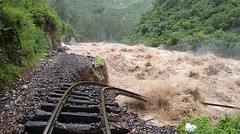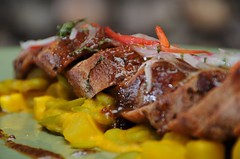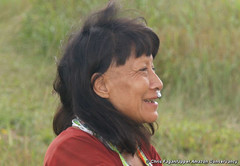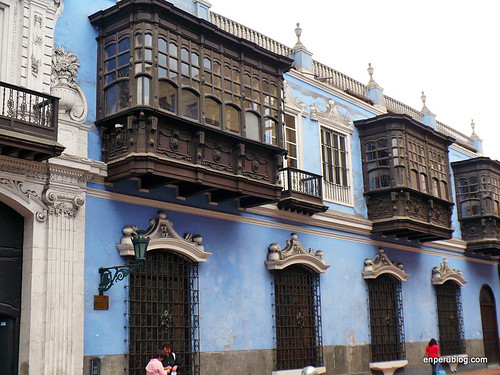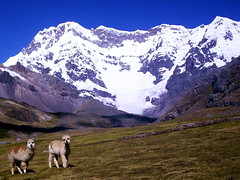Top 10 Archaeological Discoveries of 2009
Peru – the land the never ceases to amaze and who’s history is so long and plentiful that we’ve barely been able to scratch the surface. Find out what archaeologists have discovered just during 2009.
While today Peru might be a quiet unassuming place that only rarely surfaces on the international radar, it was once, over the course of a healthy 6000 years, one of the principle centres of human civilisation, home to various distinct civilisations who built awe-inspiring monuments and achieved the riches and glory of empire.
1. Lord of Ucupe
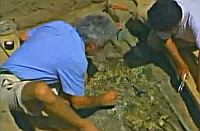
Úcupe dig site
The “King of Bling” – Steve Bourget’s hard work of a Moche king who’s splendor rivals that of the Lord of Sipán.
His discoveries and conclusions over the course of late 2008 and early 2009 have started a new debate – were the Moche ruled by a central authority?
Read about the dig in… Lord of Ucupe: “King of Bling” Tomb Sheds Light on Ancient Peru [Featured]

Kunturwasi, a similar site
2. Ancient Pre-Inca city discovered
Only in Peru it seems can you head off and climb a mountain, only to be confronted with an ancient city that has been forgotten about for centuries. Located between the Peruvian regions of Lambayeque and Cajamarca, the ancient site, according to famed archaeologist Walter Alva, appears to have been protected by being shrouded in vegetation.
3. Ancient temple wall discovered shaped like chakana
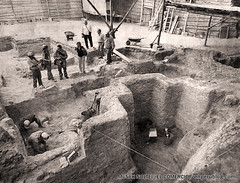
Andean cross
Ventarrón, a 4000 year old ceremonial site with spectacular murals painted by ancient peoples who lived during the dawn of civilisation, has given up another stunning prize.
To the side of the temple, one of a series of rooms has been discovered that is shaped like the ancient Andean symbol called the Chacana – also known as the Andean Cross, or in Spanish, the Cruz Andina.
As one of the oldest examples of this important cultural symbol discovered, it may eventually help provide more insight into its origin.
4. Naylamp’s temple discovered in Lambayeque
After eight months of careful excavation, archaeologists of the Brüning Museum in Lambayeque have discovered, next to the Huaca Chornancap pyramid, what is thought to be the sacred temple of Naylamp, a supposedly mythical ruler that according to oral legend was the founder of the post-Moche Lambayeque civilisation.
5. Lady of Pacopampa and an early class system
Ideas of ancient Andean equality were swept away by the discovery of a 3000 year old tomb that proved an elite class existed this early in history.
6. Ñain An sculptures: New secrets revealed at ancient Chan Chan
The discovery of 17 wooden statues at Chan Chan are enough to change our understanding of the Chan Chan urban centre. Embedded in the walls of the later Ñain An complex, also known as Bandelier, the figures are thought to have bid farewell to the deceased leaders.
7. Youngest Moche noble yet at Sipán site
Two thousand years ago, a young man was buried in the royal mausoleum next to a huge and brightly decorated Moche pyramid, now known as the Huaca Rajada, at the site of Sipán. Studies have been conducted on this recent discovery that have determined his age at time of death to be just 21, making him the youngest Moche noble yet found.
8. The missing link in Lambayeque
A number of tombs were discovered dating back from between 800 and 2000 years – a date span that would act as a historical ladder linking all the different Lambayeque cultures. Archaeologist Luis Chero explained that the site is important because it will help us to understand what happened between Chavín and Mochica periods, something we don’t have much information about.
9. Priestess of Cahuachi
Tomb discovered of an elite child dating to the early Nasca Period. With the mummy were various pieces of jewellery made from gold, silver and precious stones.
10. Severed heads among discovery at Sacsayhuamán
It appears the Inca’s did on occasion carry out more brutal forms of human sacrifice – or rather behead their enemies and trouble-makers to use them in religious rituals.



